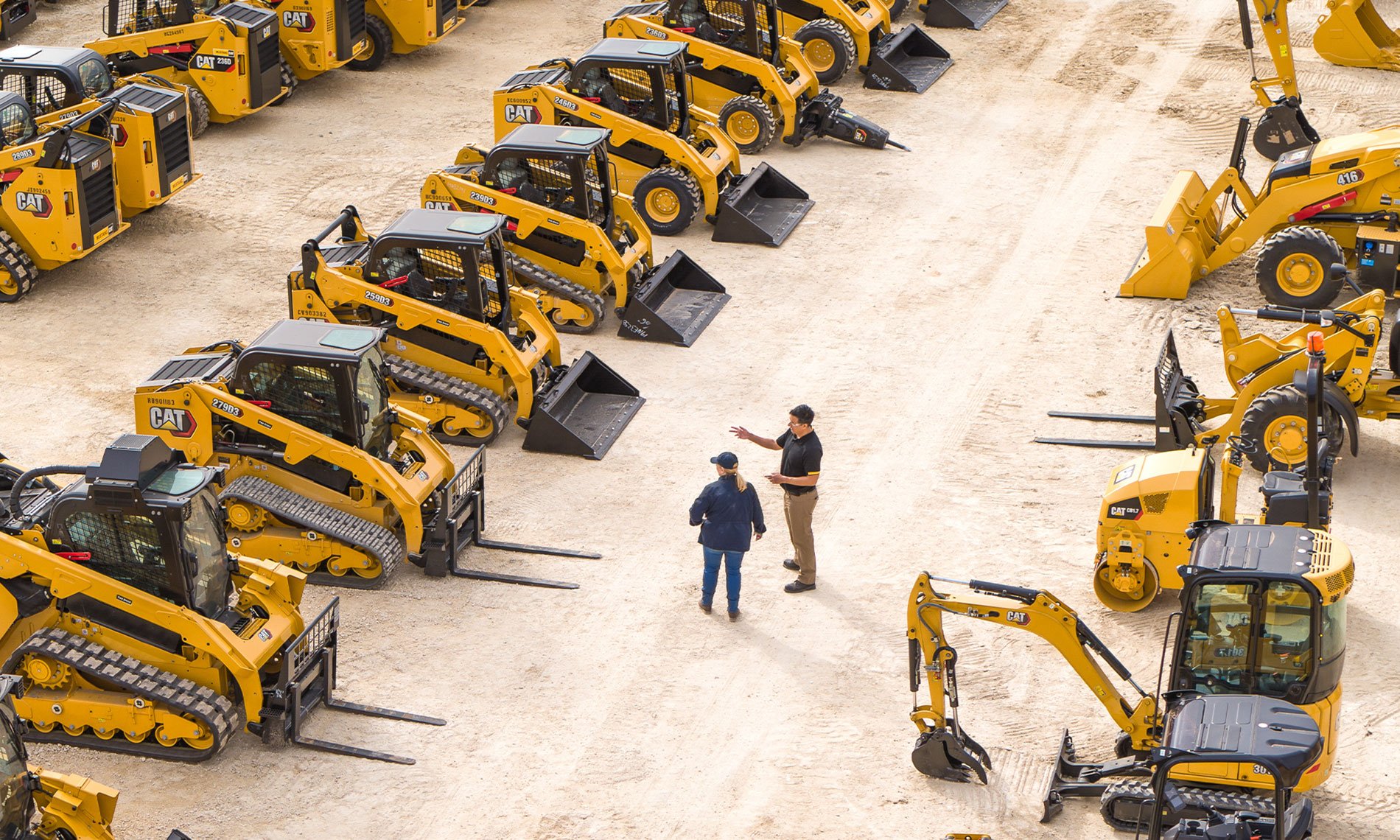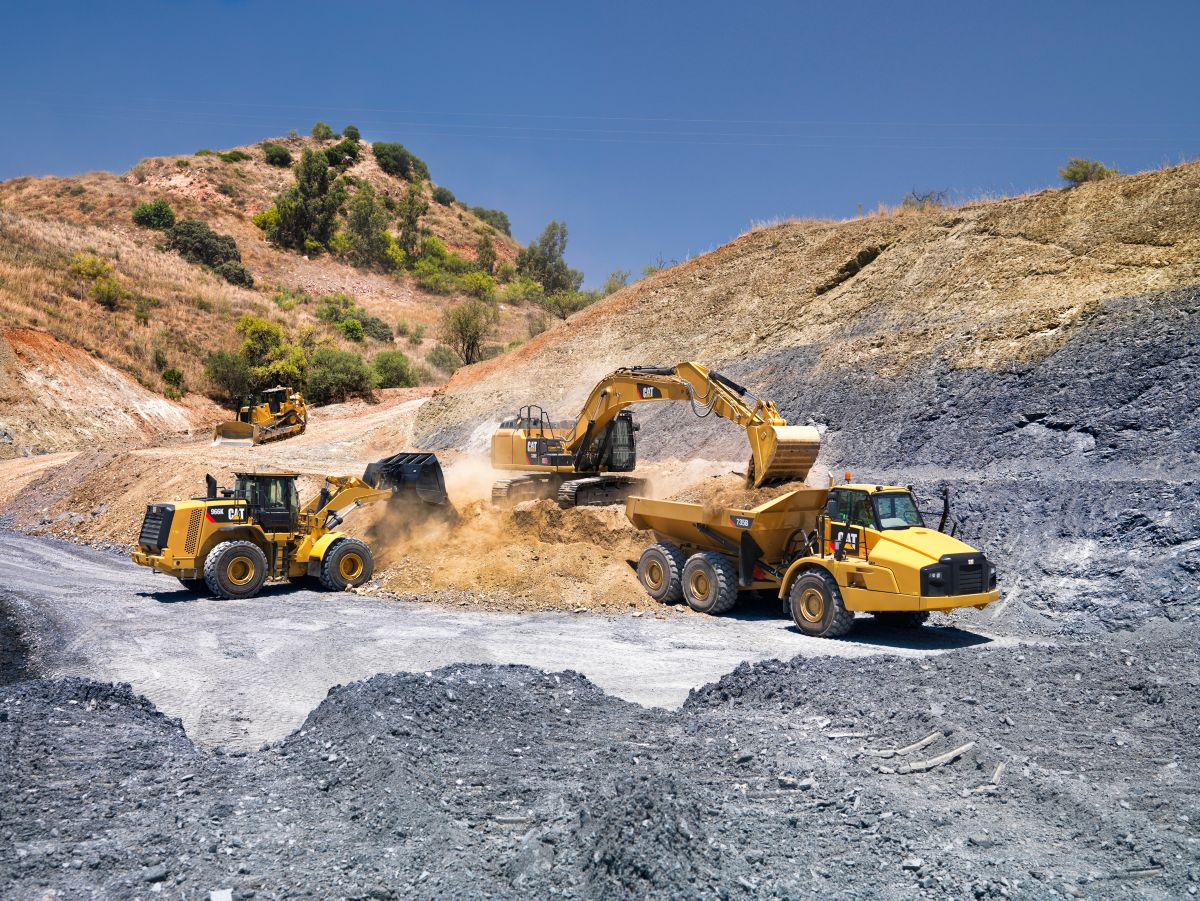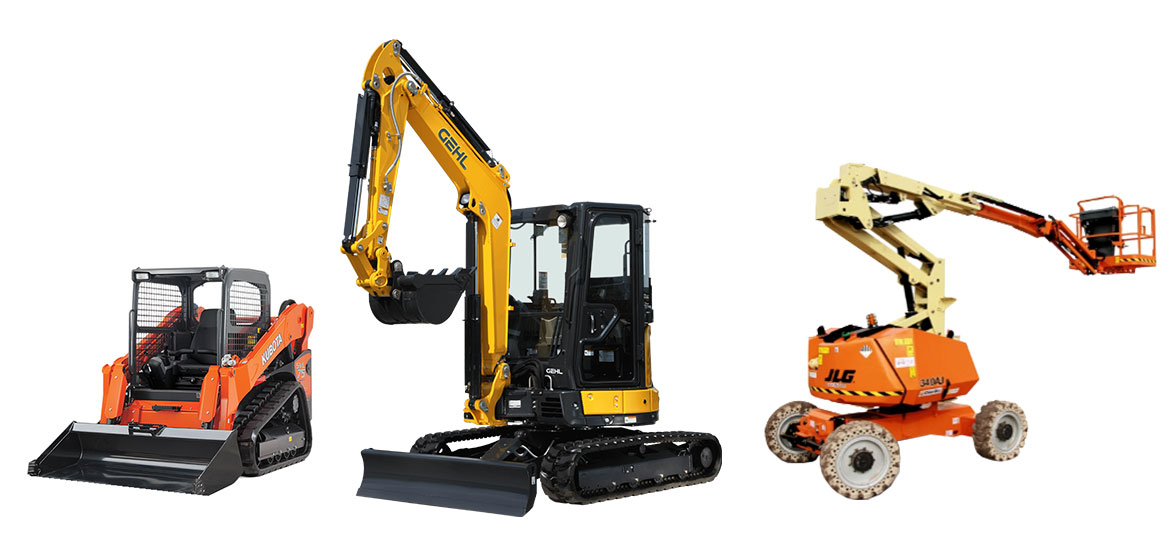Optimize Your Budget Plan by Comprehending the Costs Connected With Construction Equipment Services
Comprehending the complete scope of expenses associated with construction devices rentals is critical for maximizing your spending plan. What techniques can be used to effectively take care of these costs and make sure a more effective rental experience?
Introduction of Rental Expenses
When considering building and construction equipment services, comprehending the associated prices is critical for reliable budgeting and job planning. Rental expenses can vary dramatically based on numerous elements, consisting of equipment kind, duration of service, and place. The first rental fee often shows the tools's market demand and its linked operational abilities, influencing the general expense.
Along with the base rental price, supplementary prices may develop, such as transport charges, gas surcharges, and maintenance costs. It is important to make up these additional costs to properly assess the overall expense of renting out equipment. Moreover, the rental period can affect prices; longer services may get reduced prices, while temporary rentals might incur greater daily charges.

Malfunction of Rental Prices
A detailed understanding of rental prices is necessary for service providers and task supervisors aiming to enhance their budget plans. Rental rates for construction equipment typically include numerous elements, including base rates, time-based charges, and use charges.
Base rates are the core charges associated with the service of the tools, usually established by the kind and size of the machinery. These rates can differ dramatically, affected by aspects such as tools demand, accessibility, and regional market trends. Time-based costs, which might be daily, weekly, or monthly, serve to suit various project timelines and rental periods.
Furthermore, rental rates might include usage costs, which are relevant when devices is utilized past a specified limit, making certain that the rental firm can represent wear and tear. Seasonal need variations can likewise affect rental prices, with peak building seasons usually regulating higher rates.
Additionally, understanding the rental firm's policies pertaining to maintenance and insurance can give further understanding into the total cost framework. By analyzing these parts, professionals can make enlightened decisions, making sure the selection of rental tools aligns with both job needs and budget plan restraints.
Additional Charges to Take Into Consideration
Recognizing the intricacies of extra charges is vital for contractors to manage their overall rental costs successfully. Past the common rental prices, numerous supplementary charges can considerably affect the overall expense of devices leasing. These fees typically include shipment and pickup charges, which can vary based upon range and logistics associated with transferring the devices to and from the work site.
In addition, some rental companies may impose fuel surcharges if the equipment is returned with less gas than when rented out. It is additionally necessary to be mindful of possible cleansing charges, especially for specialized equipment that calls for detailed upkeep after use.

Extensively examining the rental agreement and making clear these extra fees ahead of time can assist professionals make sure and avoid unanticipated expenses that budgets continue to be intact throughout the task lifecycle.
Maintenance and Repair Expenditures
Normal repair and maintenance expenses are often forgotten elements that can significantly influence the total expense of building and construction devices services. When leasing tools, it is important to take into consideration not only the rental costs but likewise the possible costs linked with keeping the machinery in optimum operating condition.
Lots of rental firms include standard upkeep as component of the rental arrangement; however, a lot more unforeseen failures or extensive repair work can cause added expenses. It's necessary to assess the rental agreement carefully to comprehend what upkeep solutions are covered and what duties fall on the renter.
Additionally, devices that is not well-kept can bring about inadequacies on duty site, potentially causing delays and enhancing job expenses. To alleviate these threats, it is suggested to perform normal examinations and keep open interaction with the rental provider regarding any concerns that emerge throughout usage.
Insurance Policy and Obligation Expenses
Insurance coverage and obligation expenses are crucial components that can significantly impact the total expenditure of building and construction devices leasings (equipment rental company). These costs make certain that both the rental firm and the customer are safeguarded from potential economic losses get more emerging from mishaps, damage, or burglary during the rental period

Additionally, customers ought to understand any type of deductibles or exemptions in the insurance plan, as these can affect possible out-of-pocket expenses. Recognizing the terms and conditions of any type of insurance policy coverage is essential to avoid unforeseen costs. Eventually, budgeting for insurance policy and liability costs can aid guarantee a smoother rental experience and shield against monetary risks connected with construction projects.
Final Thought
In verdict, a thorough understanding of the prices connected with building devices rentals is vital for effective budget management. Inevitably, educated decision-making relating to devices rentals adds to the total success of building endeavors.
Rental costs can differ substantially based on a number of elements, consisting of devices type, period of service, and place (forklift rental). The rental duration can impact rates; longer leasings might certify for discounted prices, while short-term services may sustain higher daily fees
By conducting thorough research study and engaging with reputable rental firms, professionals can effectively navigate the intricacies of rental prices, inevitably maximizing their economic resources.
Past the basic rental prices, various extra charges can substantially impact the overall price of devices service. Rental companies commonly provide obligation insurance that covers injuries to third events or damage to residential property, while used material handling equipment equipment damage insurance coverage can cover the price of repair work or substitute if the rented out equipment is damaged.